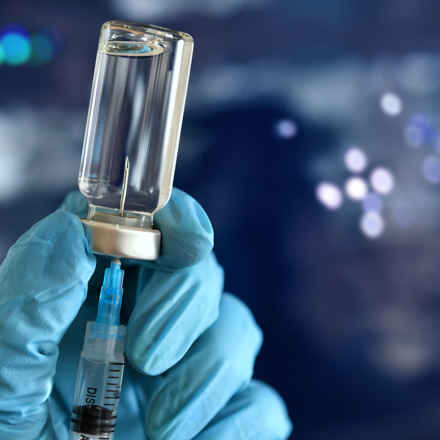How are new treatments developed?
Posted: Monday 28 April 2025
Developing new treatments for macular disease is a lengthy process involving many steps. From understanding the causes of a condition, to finding new treatments to test, and finally, going through the stages of clinical trials.
At the Macular Society, we mainly focus on funding ‘basic science’. This is research in laboratories looking to understand a condition and find chemicals and processes involved in disease progression.
Basic science may also include testing possible drug treatments in cell or animal models of macular disease.
Clinical trials
Clinical trials are usually the first time humans receive the drug. Typically, any approved treatment needs to successfully go through three phases of clinical trials.
At each phase, if the results aren’t as hoped then it will not move to the next phase.
Phase one focuses on safety and toxicity, checking whether a drug is safe and what side effects it may have.
Phase two then examines the most effective concentration or dosage and how well the treatment works.
Finally, phase three looks to see whether the drug is more effective compared with other treatments available or with a placebo.
With each trial, the number of participants increases, with phase three usually being a large and often global study.
You may also hear of phase four trials, which monitor a treatment once it has been approved and is widely available to patients.
This ‘real-world’ data can be incredibly important, as the participants in clinical trials may not always represent the full range of patients who will receive the drug.
So, phase four trials let us know how the typical patient reacts to a treatment under standard care.
What comes next?
After clinical trials, if they are all successful, the pharmaceutical company that developed the drug will apply to get the treatment approved.
The companies have to provide a lot of information on the treatment, with proof that it works and that the benefit outweighs any side effects.
The NHS also looks at cost-effectiveness when approving a new drug. As you can see, many steps are involved in finding and testing a drug before it is approved.
At each step drugs may fail and only a small percentage of drugs that initially look promising actually get approved.
Taking part in clinical research
Information on clinical trials and how to volunteer to take part in research on new treatments for macular disease.
Explore our research
Beating macular disease through funding medical research and improving the lives of those living with macular disease.




